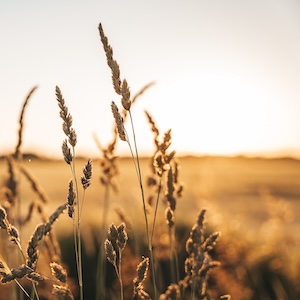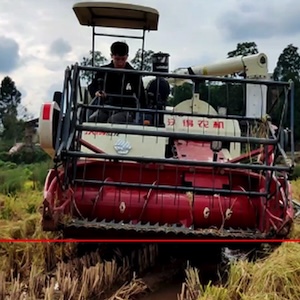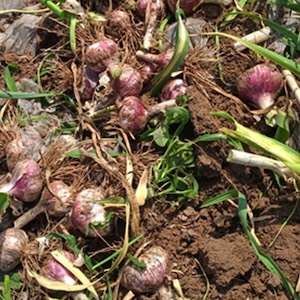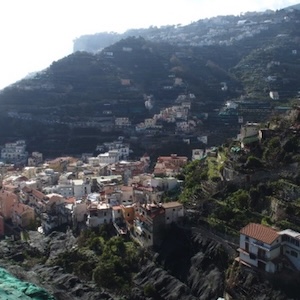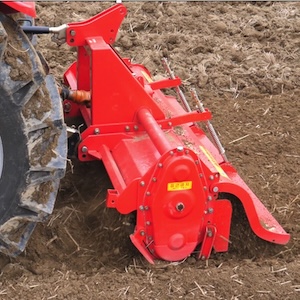Potential biogas production from agricultural by-products in Sicily. A case study of citrus pulp and olive pomace

Published: 13 July 2017
Abstract Views: 2123
PDF: 974
HTML: 268
HTML: 268
Publisher's note
All claims expressed in this article are solely those of the authors and do not necessarily represent those of their affiliated organizations, or those of the publisher, the editors and the reviewers. Any product that may be evaluated in this article or claim that may be made by its manufacturer is not guaranteed or endorsed by the publisher.
All claims expressed in this article are solely those of the authors and do not necessarily represent those of their affiliated organizations, or those of the publisher, the editors and the reviewers. Any product that may be evaluated in this article or claim that may be made by its manufacturer is not guaranteed or endorsed by the publisher.
Similar Articles
- Francesco Barreca, Pasquale Praticò, Giuseppe Davide Cardinali, A low-energy storage container for food and agriculture products , Journal of Agricultural Engineering: Vol. 52 No. 3 (2021)
- Alessio Cislaghi, Gian Battista Bischetti, Best practices in post-flood surveys: The study case of Pioverna torrent , Journal of Agricultural Engineering: Vol. 53 No. 2 (2022)
- Mohammad Bijankhan, Vito Ferro, Dimensional analysis and stage-discharge relationship for weirs: a review , Journal of Agricultural Engineering: Vol. 48 No. 1 (2017)
- Melis Inalpulat, Monitoring and multi-scenario simulation of agricultural land changes using Landsat imageries and future land use simulation model on coastal of Alanya , Journal of Agricultural Engineering: Vol. 55 No. 1 (2024)
- Ali Saeed, Alessandro Comegna, Giovanna Dragonetti, Nicola Lamaddalena, Angelo Sommella, Antonio Coppola, Soil electrical conductivity estimated by time domain reflectometry and electromagnetic induction sensors: Accounting for the different sensor observation volumes , Journal of Agricultural Engineering: Vol. 48 No. 4 (2017)
- Silvana Fuina, Giuseppe C. Marano, Giuseppe Puglisi, Domenico De Tommasi, Giacomo Scarascia-Mugnozza, Thermo-mechanical response of rigid plastic laminates for greenhouse covering , Journal of Agricultural Engineering: Vol. 47 No. 3 (2016)
- Yiming Xiao, Jianhua Wang, Hongyi Xiong, Fangjun Xiao, Renhuan Huang, Licong Hong, Bofei Wu, Jinfeng Zhou, Yongbin Long, Yubin Lan, Lychee cultivar fine-grained image classification method based on improved ResNet-34 residual network , Journal of Agricultural Engineering: Vol. 55 No. 3 (2024)
- Alessio Tugnolo, Roberto Beghi, Valentina Giovenzana, Alessia Pampuri, Simone Virginio Marai, Andrea Casson, Enrico Ferrari, Riccardo Guidetti, Testing of ultrasonic vibration to speed up the remuage operation in sparkling wine production , Journal of Agricultural Engineering: Vol. 55 No. 2 (2024)
- Hui Yang, Yuhao Li, Chengguo Fu, Rongxian Zhang, Haibo Li, Yipeng Feng, Yaqi Zhang, Hongbin Cong, Fuquan Nie, Research on inspection route of hanging environmental robot based on computational fluid dynamics , Journal of Agricultural Engineering: Vol. 55 No. 2 (2024)
- Francesca Piazzolla, Maria Luisa Amodio, Giancarlo Colelli, The use of hyperspectral imaging in the visible and near infrared region to discriminate between table grapes harvested at different times , Journal of Agricultural Engineering: Vol. 44 No. 2 (2013)
<< < 2 3 4 5 6 7 8 9 10 11 > >>
You may also start an advanced similarity search for this article.

 https://doi.org/10.4081/jae.2017.727
https://doi.org/10.4081/jae.2017.727




